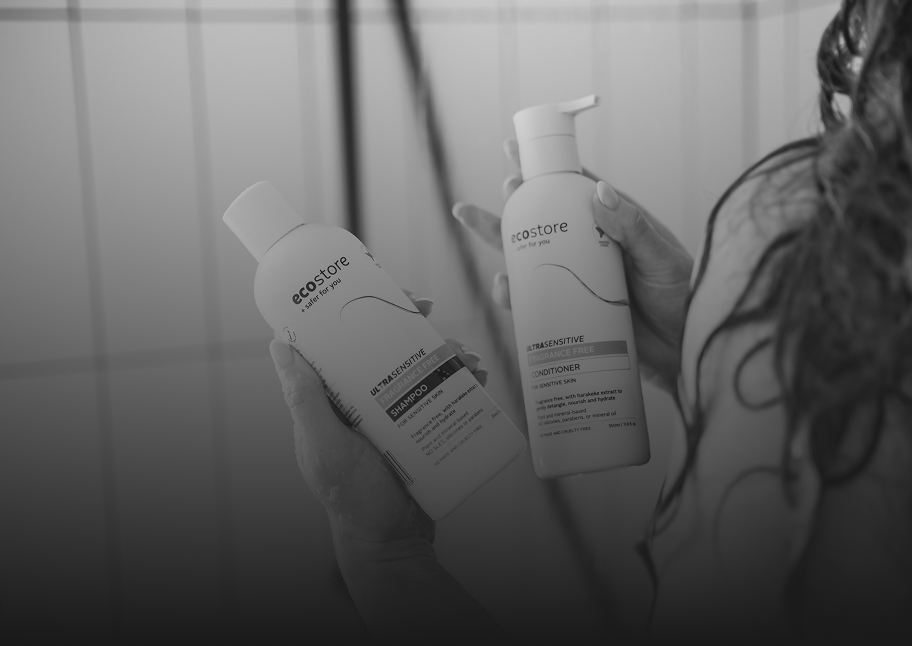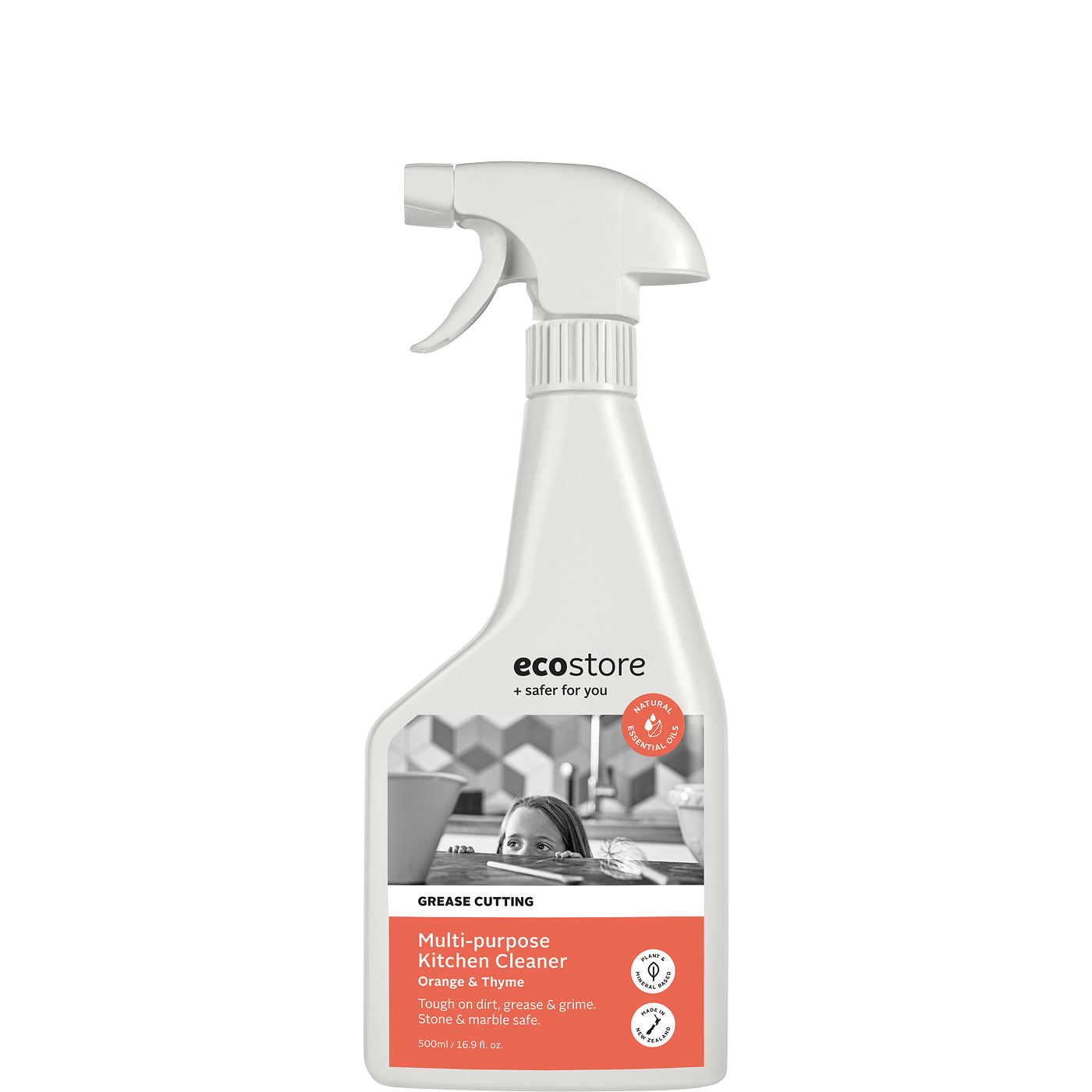Estrogen dominance has been explored by many practitioners since the term was coined by John R Lee and Virginia Hopkins in their book What Your Doctor May Not Tell You About Menopause, revised and updated in 2004.
We recently heard from US-based Dr James L Wilson - who holds PhDs in Human Nutrition, Chiropractic Medicine and Naturopathic Medicine - about his approach to estrogen dominance, including the impact of xenoestrogens (foreign or environmental estrogens) and liver detoxification.
He explains estrogen dominance as an elevated level of estradiol (the most dominant and active of the three types of the hormone within the body) to progesterone ratio.
Lee describes the condition as estrogen of normal, deficient or excessive level in a woman, the effects of which aren't balanced by progresterone.
Lee listed several symptoms he believed to be associated with the condition:
- Accelerated ageing
- Allergies
- Autoimmune disorders
- Breast cancer
- Depression/anxiety
- Dry eyes
- Early onset of menstruation
- Fat gain, especially around the abdomen, thighs and hips
- Fatigue
- Fibrocystic breasts
- Gallbladder disease
- Hair loss
- Hypoglycemia
- Infertility
- Irregular periods
- Irritability
- Insomnia
- Magnesium deficiency
- Memory loss
- Mood swings
- Osteoporosis
- Polycystic ovary syndrome
- PMS
- Prostate cancer (men)
- Thyroid dysfunction mimicking hypothyroidism
- Uterine fibroids
- Water retention
- Zinc deficiency
Wilson says estrogen doesn't naturally occur in excess by itself, but becomes dominant because of other drivers. Those drivers might be stress, obesity, insulin resistance, excess cortisol, low thyroid hormones, or sources from outside the body, like oral contraceptives and hormone replacement.
If a medical practitioner has considered and helped treat a patient's stress, identified a weight loss or exercise programme, balanced cortisol levels, worked on thyroid problems and added progesterone and the person still has problems related to estrogen dominance, they should look at sources of xenoestrogens, Wilson says.
Xenoestrogens are synthetic or plant based and mimic the hormonal function of estrogen, and can be found in many household items from plastic dolls to food wrap and sunscreens.
Some of the common xenoestrogens Wilson lists are PCBs (polychlorinated biphenyls); DDT (dichlorodiphenyltrichloroethane); DDE (dichlorodiphenyldichloroethylene); BPA (Bisphenol A); dieldrin and endosulfan (organochloride pesticides); 1-hydroxychlordane; kepone, methoxychlor and toxophene.
Wilson adds the effect of xenoestrogens varies with age gender and the reproductive cycle and are diverse in their structure and mode of action.
He says there are many sources of xenoestrogens, such as beef containing PCBs, eggs from chickens given estrogen to increase egg production, and milk where growth hormone has been used to increased milk production. Other sources might be pesticides the air, in water or in food, food that's been microwaved in foam containers, plastic bottles that have been microwaved or left in hot sun, and plastic wrap that's in contact with food fat, especially if it's been heated or microwaved.
Wilson recommends the following steps to avoid exposure to xenoestrogens:
- Buy organic fruit and vegetables
- Buy meat and dairy products that are hormone free
- Find out about the composition of consumer goods you buy, including personal care and cosmetics
- Avoid water, soft drinks, and baby formula that's sold in polycarbonate clear plastic bottles
- Don't heat or microwave polycarbonate bottles
- Use only glass baby bottles
- Don't store food in plastic wrap or containers, especially high fat foods
- Don't microwave food or water in plastic or styrofoam
- Use ceramic or glass containers
- Use a home water filter
- Use organic pesticides and biodynamic pest control methods
- Avoid having your home sprayed by an exterminator
- If in doubt about the composition of a plastic bottle, avoid them until you've checked with the manufacturer
Wilson also recommends several nutrients that help the liver detoxify estrogens and xenoestrogens in two phases, the first of which converts fat soluble substances into metabolic intermediates, and the second that converts these partially soluble intermediates into fully water soluble substances that can be eliminated as waste.
They include antioxidants, flavinoids, phytonutrients, B vitamins, glycine, NAC and highly coloured fruits and vegetables.
Among the foods and nutrients that help detoxify estrogens and xenoestrogens are, he says:
Phase one detoxification:
- Whole grains
- Brewer's yeast
- Dark green leafy vegetables
- Sprouted seeds and beans
- Liver
- Fresh fruits, especially organic grapes and lemons
- Fresh, highly coloured vegetables
- Whey
- Eggs
- Proteins
Phase two detoxification:
- Crocipherous foods: broccoli, cauliflower, brussels sprouts, cabbage
- Turnips
- Garlic
- Liver
- Eggs
Sequestering of metabolic intermediates:
- Vitamin A
- Beta carotene
- Vitamin C
- Bioflavinoids
- Vitamin E
- Co-enzyme Q10
- Trace minerals: zinc, selenium, manganese and copper
He suggests avoiding foods and substances that might add to the estrogen burden by creating fat, such as:
- White flour foods like pasta, pizza, bagels, pretzels, bread and baked food
- Sugar and concentrated sweeteners
- Trans-fatty acids, including hydrogenated oils
- Caffeine [caption id=“attachment_5518” align=“alignnone” width=“150”]
 Dr James L Wilson[/caption]
Dr James L Wilson[/caption]
Further reading:
Estrogen Dominance - Is It Real?
National Integrative Health Blog - Estrogen Dominance Doesn't Mean What You Think
This blog is not intended to substitute for medical advice. Consult your practitioner if you have a health condition.
Read more

What do Adelaide and parts of Brisbane have in common? They've been identified as the most populated parts of Australia with hard water - that is, water with more minerals like calcium and magnesiu...

New Zealand has one of the highest rates of asthma in the world - second only to the UK - and those rates are on the rise. According to our Asthma Foundation, more than 500,000 New Zealanders take ...






